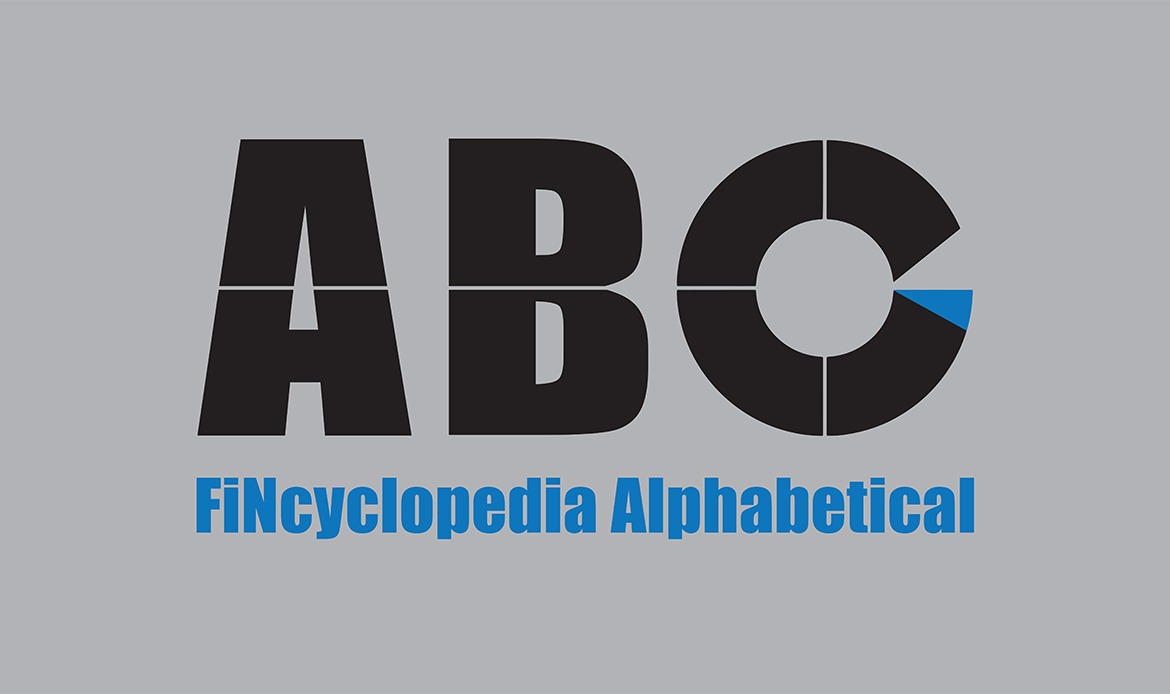A classification of sukuk that constitutes part of the second or supplementary layer of a bank’s capital (core capital), which, per se, is the so-called tier-2 capital, due to the very nature of the instrument: possessing the features of both debt and equity (hybrid sukuk). For example, a sukuk structure may involve two modes: mudaraba and murabaha. Under such as a structure, a specific percentage of the proceeds from the sukuk issuance are deployed by means of profit generating murabaha (cost-plus) agreements, while the remaining percentage of the sukuk proceeds are invested in assets that form an originator’s business under a mudaraba contract. Hybrid sukuk may also denote a type of sukuk which is embedded with specific add-on features such as the option to exchange or convert into equity by a specific date in the future. As such, these sukuk provide the features of a sukuk instrument and equity holdings. Examples of hybrid sukuk, in this sense, are convertible sukuk/ exchangeable sukuk and perpetual sukuk.
These sukuk classify as tier 2 capital: which by nature can increase the capital adequacy ratio of the issuing bank or financial institution.
These sukuk are also known as tier-2 capital sukuk.





Comments